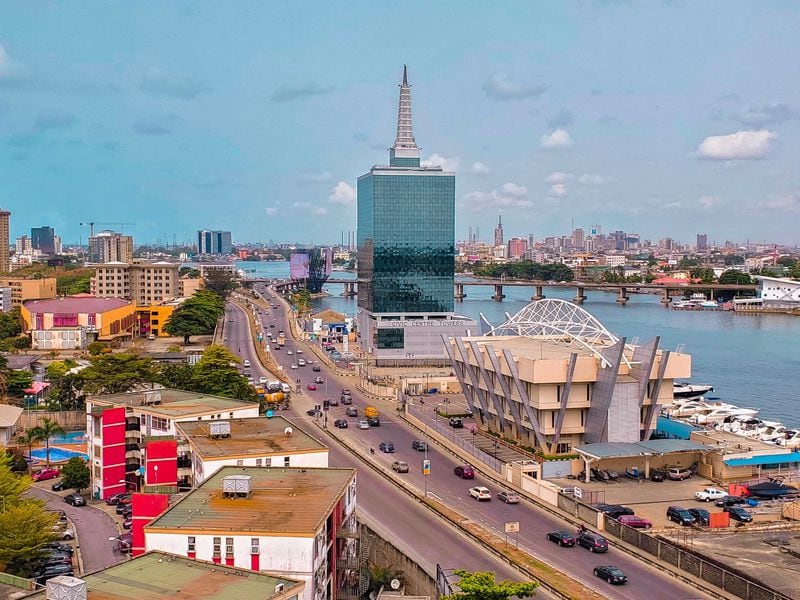Bitcoin’s ‘BRC-20’ Explosion Sends Users Scrambling for Options, Including Lightning
A lucky miner raked in 6.701 bitcoin (BTC) or almost $200,000 in transaction fees on Sunday night, exceeding Bitcoin’s current block subsidy of 6.25 BTC – an extremely rare occurrence that illustrates how a recent burst of activity on the blockchain related to the Ordinals protocol has led to soaring costs for users.
Late last year, Ordinals introduced “inscriptions,” or arbitrary content like text or images that can be added to sequentially numbered satoshis or “sats” – the smallest units in Bitcoin – to create unique, non-fungible tokens, or NFTs. Ordinals is now also being used to mint BRC-20s, which for all intents and purposes, are fungible tokens.
All these new tokens have quickly exploded in popularity, but at a steep cost. They’ve congested the Bitcoin network and pushed it to its operational limits, offering a real-world test of how the world’s first and largest blockchain might cope with the need to scale rapidly.
Fees to send coins are soaring, transactions are waiting longer in the queue, and some users and exchanges are already starting to consider alternatives. Those include the Lightning Network, a so-called “layer 2” scaling solution designed to make Bitcoin transactions faster and cheaper.
“Can anyone explain how I’m going to onboard people with these fees?” tweeted Anita Posch, Bitcoin educator and founder of Bitcoin for Fairness. “I’m mostly onboarding people in Africa. They don’t have the privilege like you to pay these high fees. They really need BTC, while you’re just playing around.”
BRC-20s are inscriptions of JavaScript Object Notation (JSON) data – snippets of code that port data structures across different platforms. And since the JSON inscriptions are actually code, they can be programmed to mint enormous token supplies – one small block-sized batch at a time – effectively creating fungible tokens via a non-fungible protocol.
That ability to mint stupendous amounts of tokens out of thin air is what’s behind the hysteria – and, for users of the blockchain, angst. Recent blocks have been chock full of BRC-20 transactions, with fees teetering on $20 per transaction, up 800% from the $1-2 per transaction fee that was typical for most of 2022.
That surge in fees sent shockwaves across the Bitcoin ecosystem, causing Binance, the world’s largest cryptocurrency exchange, to temporarily halt bitcoin withdrawals due to fee miscalculation and inducing frustration and distress in certain parts of Africa and Latin America where some residents rely on bitcoin for everyday payments.
Bitcoin’s high fees are having an undeniable impact on users who rely on base layer payments. This is where the Lightning Network comes in. The Lightning Network is a Bitcoin layer 2 scaling solution where a collection of interconnected computers route bitcoin payments off-chain, resulting in cheaper and faster transactions.
Binance said it’s in the process of integrating Lightning given the sudden spike in bitcoin fees.
But even Lightning requires an initial on-chain transaction in order to establish a payment channel, and Posch says costs are so prohibitive, even that single transaction is now out of reach for many.
“Can’t use on-chain, can’t open channels,” Posch tweeted. “Makes custodial Lightning the only option. And all that because some people think it’s fun to break Bitcoin.”
That last point about breaking Bitcoin has been a recurring theme on Crypto Twitter, following the chain’s NFT mintfest.
While Posch is implying that meme-loving hackers are having fun testing the limits of Bitcoin, others have adopted a more conspiratorial interpretation, suggesting without evidence that the BRC-20 phenomenon is actually a coordinated attack on the world’s dominant blockchain.
DISCLOSURE
Please note that our
privacy policy,
terms of use,
cookies,
and
do not sell my personal information
has been updated
.
The leader in news and information on cryptocurrency, digital assets and the future of money, CoinDesk is a media outlet that strives for the highest journalistic standards and abides by a
strict set of editorial policies.
CoinDesk is an independent operating subsidiary of
Digital Currency Group,
which invests in
cryptocurrencies
and blockchain
startups.
As part of their compensation, certain CoinDesk employees, including editorial employees, may receive exposure to DCG equity in the form of
stock appreciation rights,
which vest over a multi-year period. CoinDesk journalists are not allowed to purchase stock outright in DCG
.
:format(jpg)/www.coindesk.com/resizer/pMUhpW4u-mwZgc89YVYeL2C44uI=/arc-photo-coindesk/arc2-prod/public/P6EMHK6DTBE4NPQGXW2UOBVOLE.png)
Frederick Munawa is a Technology Reporter for Coindesk. He covers blockchain protocols with a specific focus on bitcoin and bitcoin-adjacent networks.
Learn more about Consensus 2024, CoinDesk’s longest-running and most influential event that brings together all sides of crypto, blockchain and Web3. Head to consensus.coindesk.com to register and buy your pass now.
:format(jpg)/www.coindesk.com/resizer/pMUhpW4u-mwZgc89YVYeL2C44uI=/arc-photo-coindesk/arc2-prod/public/P6EMHK6DTBE4NPQGXW2UOBVOLE.png)
Frederick Munawa is a Technology Reporter for Coindesk. He covers blockchain protocols with a specific focus on bitcoin and bitcoin-adjacent networks.









